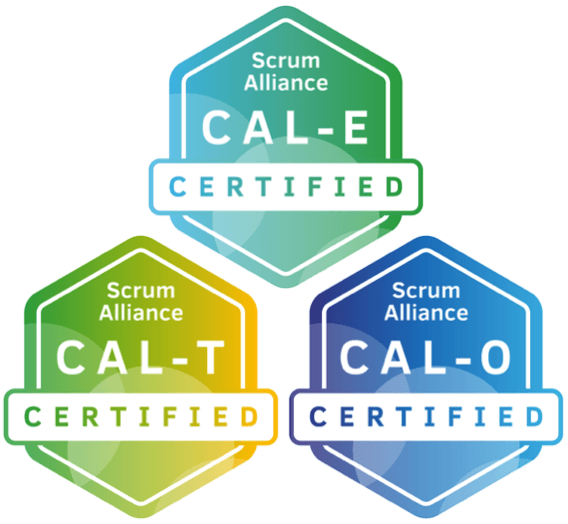The Rise of Artificial Intelligence
Artificial Intelligence (AI) is already in the Office
Intelligence is a word coined out from the Latin word intellectus and is defined as the skill, effectiveness, and power of human thinking. Artificial intelligence is a branch of computer science that deals with manufacturing and design of intelligent machines. One of the major difference in the past between human beings and machine was that humans had brains with intelligence and can function on their freewill, but machines need a propeller in other to function. This propeller may be a human being or another machinery object.
Artificial intelligence is a very broad topic on it's own but in this article, we will consider artificial intelligence in the office. The office environment is usually filled with human and technological devices. These technological devices are usually controlled by the humans. Artificial intelligence in the office mainly talks about the utilization of machines to perform duties of human beings in the office. It can be seen as a substitute for manpower and human intelligence.
Computerized Reasoning
On account of PC frameworks, an awesome change has occurred in numerous ranges of innovation amid the most recent couple of decades. Past machines had the part of executing errands given to them by individuals. Today, these machines are outfitted with exceptionally programmable control frameworks and different sorts of tangible gadgets, empowering them to execute numerous human errands, including inventive critical thinking.
In the interim, specialists and researchers chipping away at bionic innovations are inspiring nearer to making machines that can play out some human capacities for individuals handicaps. Accordingly, the need for artificial intelligence was realized.
In the previous years, some AI projects and frameworks have effectively replicated chosen human mind works and amplified human intellectual and basic leadership capacities. Thus, a few machines now can execute the learning based elements of a human administrator, however, with better quality. The innovator of the Lisp programming dialect, John McCarthy, who additionally begat the term artificial intelligence also called"Computerized reasoning" in his proposition for the 1956 Dartmouth Conference, characterizes AI as "the science and building of making astute machines."
Make Work Easier and Faster
We already know the functions of machines in the office. To make work easier and faster, to limit the stress and workload on human beings and to keep the office running smoothly even in the absence of human administrators.
If you’re not utilizing technology to your advantage at this time voolama can help. We believe we can show you the benefit and advantages of implementing a connected company. Contact us for more information +1 901 401 FLOW (3569) or email dean.brown@voolama.co
These views are those of Dean Brown in his capacity as Founder and CEO of voolama LLC. These views do not represent those of any company that I am employed or affiliated with either at this time or in the past.
Want More Information?
Get in touch, we would love to spend some time talking about your needs and showing how voolama can provide value.
Contact Us









